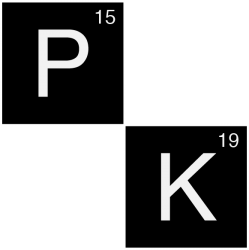“Model describing drug absorption, distribution and elimination from a unique compartment in the body”
Description
In single-compartment modeling, the drug is considered to be distributed instantaneously into a unique compartment in the body. This compartment is characterized by a distribution volume. The drug input into this volume depends on the dosage regimen. The drug output from this volume is characterized by an elimination constant rate. Several dosage regimens are considered here:
- An intravenous bolus injection: the input is equal to the dose at the time point 0 and becomes equal to 0 thereafter. The concentration at time 0, C(0), corresponds to the dose divided by the volume. Subsequently, the concentration decreases in an exponential manner.
- Intravenous infusion: the drug input is constant and equal to the rate of infusion of the drug. Therefore, the amount of drug in the volume progressively increases until equilibrium is reached when the drug input rate equals the output rate. In other words, equilibrium is reached when the rate of elimination (which increases with the amount of drug in the volume) compensates for the rate of infusion.
- Extravascular dose: we only consider the case when the input rate follows linear kinetics: the rate of absorption may be characterized by an absorption rate constant and is proportional to the amount of drug available for absorption. The concentration at any time point results from the drug input into the volume minus the output which both vary with time depending on the amount of drug available for absorption and for elimination.
Clinical implications
This model is an easy way of representing the drug outcome in the body when the drug is rapidly distributed within the volume of distribution. Such a representation allows predictions of plasma drug concentration profiles in different conditions and a more accurate estimation of the initial dosage regimen to be given to a patient.
Assessment
Single compartment representation

Differential equation describing this single compartmental model:
$${dA \over dt} = \text{Input } – (k10 * A)$$
Considering that :
$$CL = k10 * V$$
The following equation may apply to the model:
$${dC \over dt} = {\text{Input }-(CL*C) \over V}$$
A = amount of drug
k10 = Transfer constant rate from the compartment (1) to the outside of the body (0)
V = volume of the compartment
CL = clearance
C = concentration in the volume

